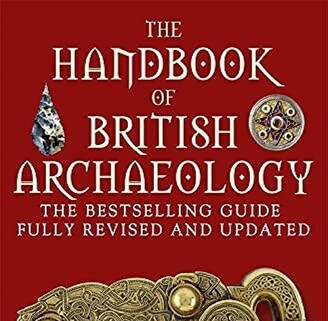Gold coins dating back more than 2,000 years have been found by metal detectorists in Wales, making them the first hoard of Iron Age gold coins to have been discovered in the country.
The 15 coins, which have been declared treasure, are known as staters. They were found the Welsh island of Anglesey, off the northwest coast of the country’s mainland.
Struck between 60 BC and 20 BC, the coins belonged to the Corieltavi tribe, who at the time inhabited the geographical area that is now England’s East Midlands, according to a National Museum Wales press release.
…
The gold coins’ elaborate design derives from those of Philip II, who ruled the ancient kingdom of Macedonia from 359 BC to 336 BC. The heads side of the coins shows the mythological deity Apollo’s wreath and hair, while the tails side shows a triangular-headed horse surrounded by symbols.
The coins were likely not used for everyday transactions, except potentially for some high-value purchases, according to the release. Instead, the staters are thought to have been used as gifts between the elites to secure alliances or show loyalty.
The staters could also have been used as “offerings to the gods” to fulfill a vow, according to National Museum Wales. Other archaeological finds from Anglesey, as well as Roman sources referring to the island that feature pagan priests, suggest the area was an important religious center at the time.


